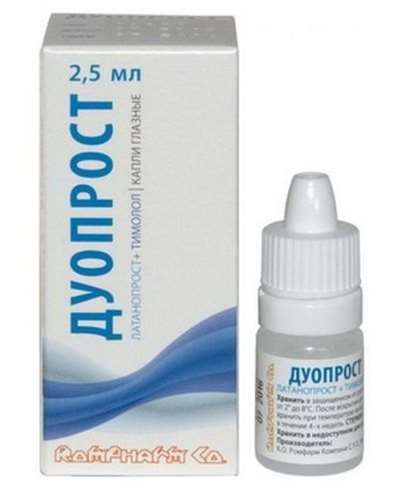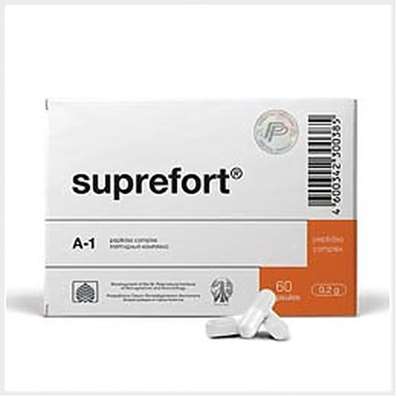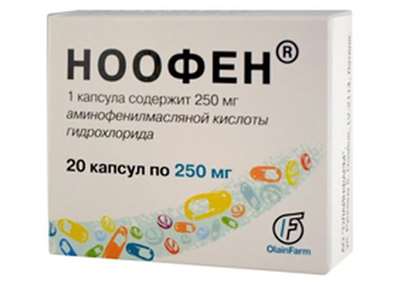Instruction for use: Pimafucort
I want this, give me price
Active substance Hydrocortisone + Natamycin + Neomycin
ATX code D07CA01 Hydrocortisone in combination with antibiotics
Pharmacological group
Glucocorticosteroids in combinations
Nosological classification (ICD-10)
L08.9 Local infection of skin and subcutaneous tissue, unspecified
Soft tissue abscess, Bacterial or fungal infection of the skin, Bacterial skin infections, Bacterial infections of soft tissues, Bacterial skin infections, Bacterial skin lesions, Viral infection of the skin, Viral skin infections, Inflammation of cellulose, Inflammation of the skin at the injection site, Inflammatory skin diseases, Pustular skin diseases, Purulent-inflammatory disease of skin and soft tissues, Purulent-inflammatory skin diseases, Purulent-inflammatory diseases of the skin and its appendages, Purulent-inflammatory diseases of soft tissues, Purulent skin infections, Purulent infections of soft tissues, Skin Infections, Infections of the skin and skin structures, Infectious lesions of the skin, Infectious diseases of the skin, Skin Infection, Infection of the skin and its appendages, Infection of the skin and subcutaneous structures, Infection of the skin and mucous membranes, Infection of the skin, Dermal bacterial infections, Uncomplicated skin infections, Uncomplicated soft tissue infections, Surface erosion of the skin with secondary infection, Umbilical infection, Mixed skin infections, Specific infectious processes in the skin, Superinfection of the skin, Necrotizing subcutaneous infections
L30.3 Infectious dermatitis
Microbial skin infections, Dermatitis with concomitant bacterial infections, Dermatitis in the presence of a bacterial infection or suspected of it, Infected eczema of external auditory canal, Secondarily infected dermatosis, Erythema migrans, Secondarily infected dermatoses , Dermatitis re-infected, Infectious dermatitis, Dermatitis infected, Dermatoses complicated by a secondary infection, Dermatoses complicated by primary and secondary infection, Dermatoses complicated by primary and / or secondary infection, Infected eczema, Infected dermatitis, Infected dermatosis, Migrating erythema, Microbial eczema, Chronic migratory erythema, Eczema is infected, Erythema Migrating, Bacterial dermatitis, Erythema migratory chronic, Superinfectant dermatitis, Necrolytic Migrating erythema
Composition and form of release
Cream 1 g
Natamycin 10 mg
Neomycin (in the form of neomycin sulfate) 3500 units
Hydrocortisone micronized 10 mg
Auxiliary substances: sodium citrate - 14 mg; Emulsifier F - 115 mg; Sorbitan stearate - 30 mg; Wax cetyl ether - 60 mg; Cetyl V 150; Macrogol stearate 100 - 20 mg; Methylparahydroxybenzoate - 2 mg; Propyl parahydroxybenzoate 0.5 mg; Purified water - up to 1000 mg
In tubes of aluminum or plastic for 15 g; In the box 1 tuba.
Ointment 1 g
Natamycin 10 mg
Neomycin (in the form of neomycin sulfate) 3500 units
Hydrocortisone micronized 10 mg
Auxiliary substances: PE ointment base (95% liquid paraffin, 5% PE) - 976.5 mg
In tubes of aluminum or plastic for 15 g; In the box 1 tuba.
Description of dosage form
Cream: white to white with a yellowish tint of color.
Ointment: from white to yellow.
pharmachologic effect
Pharmacological action - antibacterial, anti-inflammatory local, antifungal local.
Pharmacodynamics
Neomycin is a broad-spectrum antibiotic from the aminoglycoside group, is active against a number of gram-positive (Staphylococcus spp., Enterococcus spp.) And gram-negative (Klebsiella spp., Proteus spp., Escherichia coli, etc.) bacteria.
Natamycin belongs to the antifungal preparations of the polyene series, it has a fungicidal effect against yeast and yeast-like fungi, especially Candida spp. Dermatomycetes to natamycin are less sensitive.
Hydrocortisone has an anti-inflammatory and vasoconstrictive effect.
Eliminates inflammation and itching, accompanying various types of dermatoses.
Pharmacokinetics
Natamycin and neomycin are not practically absorbed through intact skin and mucous membranes. It is possible to absorb neomycin through damaged skin when the product gets into wounds, ulcers. Through intact skin, 1 to 3% hydrocortisone is absorbed; With dermatitis the amount of absorbed hydrocortisone is increased by 2 times, with infectious skin lesions can increase up to 5 times. In children, absorption of hydrocortisone through intact skin is higher than in adults, the degree of absorption of the drug into the systemic blood stream decreases with age.
Indications for Pimafukort®
Dermatoses that yield to GCS therapy complicated by a secondary bacterial and / or fungal infection (especially caused by fungi of the genus Candida).
Contraindications
Hypersensitivity to the components of the drug;
Tuberculosis of the skin, cutaneous manifestations of syphilis, viral skin infections, skin post-vaccination reactions, open wounds, ulcers;
Acne, rosacea, ichthyosis;
Anogenital itching, skin tumors.
Carefully:
Tuberculosis (systemic damage);
Children under 1 year;
In patients with a history of indications for the defeat of the IX pair of cranial nerves aminoglycoside;
The presence of perforation of the tympanic membrane and the direct effect of neomycin on the middle ear (there is a risk of ototoxic effect).
pregnancy and lactation
When prescribing the drug during pregnancy, it is necessary to take into account the theoretical risk of ototoxic effect of neomycin, in connection with which it is impossible to apply the drug for a long time and apply it under occlusive dressings.
Side effects
Side effects with external application of Pimafukorta®, as well as with the use of other GCS, develop rarely and are reversible.
Rarely, a hypersensitivity reaction may occur (itching, burning, redness, or dry skin).
Very rarely - atrophy and thinning of the skin, telangiectasia, stria, purpura, rosace-like and perioral dermatitis, delayed wound healing, depigmentation, hypertrichosis, withdrawal syndrome after cessation of treatment.
When external GCS is used for a long time, on extensive areas of the skin or with the use of occlusive dressings, especially in children, side effects characteristic of SCS of systemic action, such as suppression of the function of the adrenal cortex, may develop.
Contact dermatitis with neomycin.
Interaction
There may be a cross-over hypersensitivity between neomycin, kanamycin, paromomycin, gentamicin; Cross-resistance between neomycin and other antibiotics of the aminoglycoside group.
Dosing and Administration
Outwardly. For adults and children, the drug is applied to affected areas of the skin 2-4 times a day. Duration of treatment is determined individually, taking into account the nature of the disease, the course of treatment usually does not exceed 14 days.
Children are used under the supervision of a doctor, the drug should be applied to limited areas of the skin, you should not use occlusive dressings.
In the form of a cream, the drug is recommended for the treatment of acute and subacute dermatoses, incl. Accompanied by wetting. Ointment is intended for therapy of subacute and chronic dermatoses, especially if there is severe dry skin, lichenification, seborrhea, or in cases where occlusive properties of the ointment are necessary.
Overdose
There is no information about an overdose of the drug. There is a theoretical possibility of the ototoxic effect of neomycin in the case of application of the drug to the region of the external auditory canal in the presence of a perforation of the tympanic membrane and the direct action of neomycin on the middle ear.
special instructions
When Pimafukort® is applied to the eyelids and periorbital areas, there is a risk of increased intraocular pressure, the development of cataracts.
When using the drug in children on extensive surfaces or under bandages, one must keep in mind the possibility of suppressing the function of the hypothalamic-pituitary-adrenal system.
In case of prolonged treatment, in the presence of wounds and ulcers, there is a theoretical risk of ototoxic and nephrotoxic action of neomycin.
If superinfections or excessive growth of fungi occur, discontinue use of the drug and take appropriate measures.
Conditions of leave from pharmacies
On prescription.
storage Conditions
At a temperature not higher than 25 ° C.
Keep out of the reach of children.
Shelf life
Cream for external use - 3 years.
Cream for external use - 3 years.
Ointment for external use - 5 years.

 Cart
Cart





